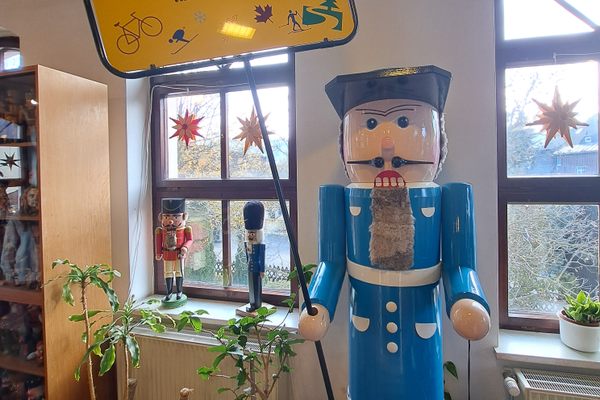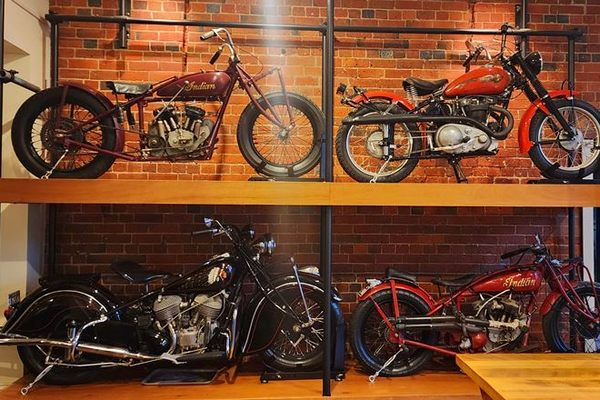About
On September 4, 1622, a fleet of twenty-eight Spanish ships left port in Havana, Cuba. The ships were transporting the wealth of the Spanish empire from Central and South America to the motherland in Europe. The following day, the fleet was overtaken by a hurricane and by September 6, eight ships had found their way to the sea floor, scattered between the Marquesas Keys and Dry Tortugas.
One of the eight ships that went down was the Nuestra Senora de Atocha. Aboard the Atocha, along with passengers, was a cargo of silver, gold, copper, bronze, silverware, tobacco, jewelry, and indigo. The exact amounts were reported in the manifest, but additional, non-manifested treasure was aboard to avoid taxation.
Of the 265 passengers who went down with the ship, only five survived. After rescuing the survivors, rescuers tried to enter the sunken ship, but the 17th century technology could not overcome the 55-foot depth of the wreck. They marked the location of the Atocha and vowed to come back.
Luck was not with the Spanish, and a second hurricane came through, losing the marker and further scattering the wreck of the Nuestra Senora de Atocha. For the next 60 years, the Spanish would attempt to relocate the sunken treasure without any luck.
In 1969, almost three centuries later, American treasure hunter Mel Fisher and his team began an incessant, sixteen-year search for the remains of the ship. Many times, for months on end, the team would go without any luck, struggling financially to keep their search moving forward.
In 1973, a few silver bars were found and matched to Atocha's manifest. And then, in 1975, a few matching bronze cannons were found. By the 1980s, a large portion of the remains of the Santa Margarita had been found, along with some treasures, securing belief that the hunt was nearing its completion.
It was not until five years later, however, that Mel Fisher and his men would stumble upon the Atocha. Within the remains lay gold, silver, jewelry, and gems of all sorts. Fisher's cache, known as "The Atocha Motherload," was estimated to be worth around $450 million, and more years in court fighting the state of Florida and other claimants, the Supreme Court decided that Fisher was indeed the rightful finder and therefore owner of the entire treasure.
Today, museum visitors can view many of the treasures that Mel and his team found. Bars of gold, bricks of silver, Spanish coins, jewelry, and gems fill the museum, all dating back to the 1500s. The museum is also home to the treasures of Mel Fisher's other important treasures and finds, including goods from the Henrietta Marie and St. John's wreck. Despite having found $450 million worth of gold and jewels, hunters estimate that this is only half of the Atocha treasure. The rest remains beneath the ocean.
The society invites low-level investors and everyday treasure fans to invest small amounts ($2,000-$10,000) in their ongoing searches and excavations. As thanks, investors are entitled to a small percentage of potential treasure finds and are invited on several expeditions, whether it be diving to the Atocha site or panning for jewels on the surface, which includes the opportunity to keep whatever treasure they personally find.
Some of Mel's treasures can also be found at the Treasures of the Sea exhibit at the the Delaware Technical and Community College.
Related Tags
Community Contributors
Added By
Published
June 4, 2010




























